Home>Interior Design>Should Curtains Match Your Wall Color: See Our Expert Advice
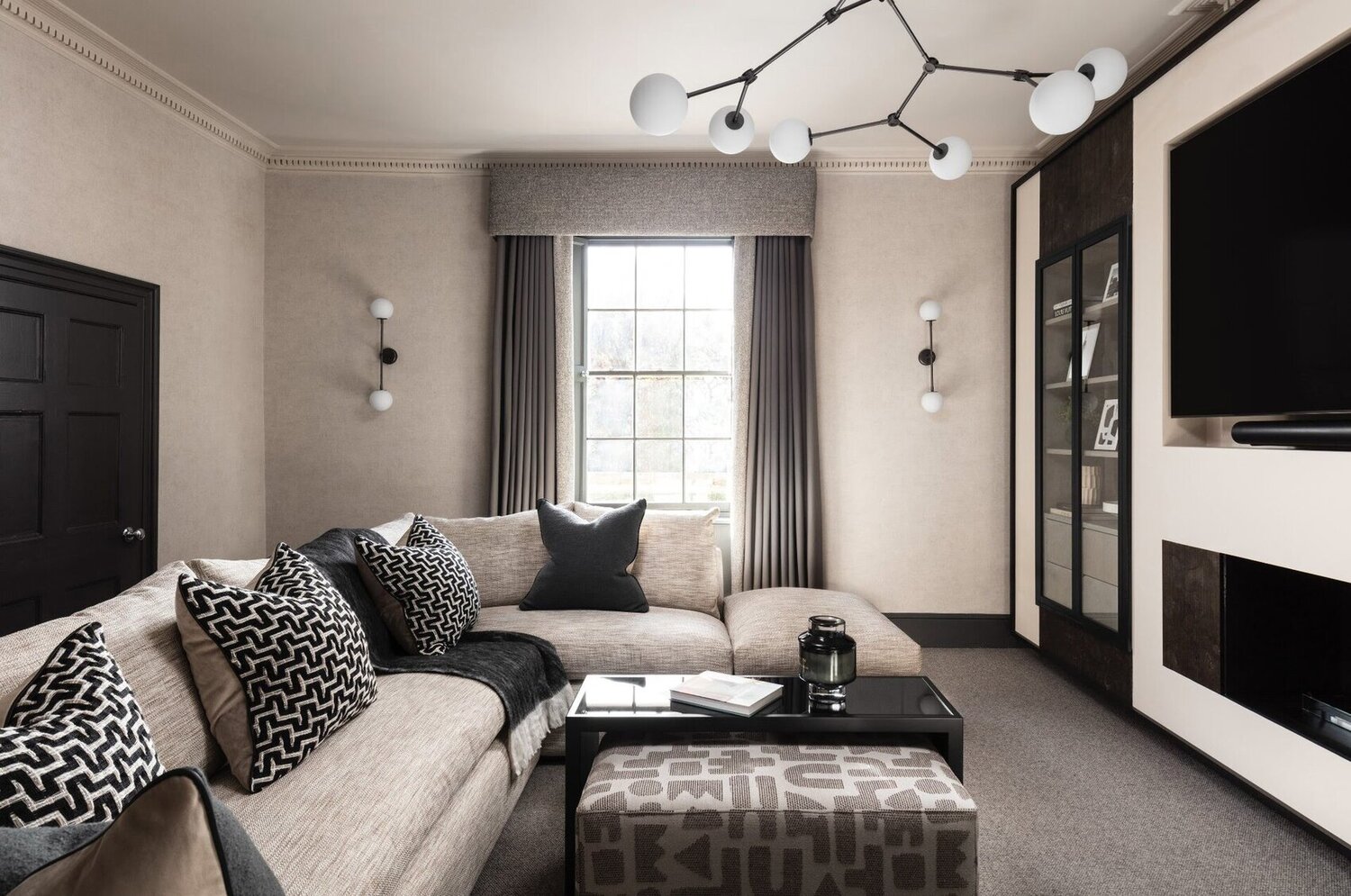

Interior Design
Should Curtains Match Your Wall Color: See Our Expert Advice
Modified: May 6, 2024
Discover expert advice on whether curtains should match your wall color in interior design. Find out the best approach to achieve a stylish and cohesive look.
(Many of the links in this article redirect to a specific reviewed product. Your purchase of these products through affiliate links helps to generate commission for Storables.com, at no extra cost. Learn more)
Introduction
When designing the interior of your home, one of the key decisions to make is how to choose the right curtains. Curtains play a vital role in enhancing the overall aesthetic appeal of a room and can greatly influence the ambiance and mood. One question that often arises in the minds of homeowners is whether curtains should match the wall color or provide a contrasting element.
In this article, we will explore the considerations for matching curtains with wall color and the option of contrasting curtains with the wall color. We will provide expert advice and tips to help you make an informed decision about selecting the curtains that will best complement your space.
Key Takeaways:
- Create a harmonious and spacious feel by matching curtains with the wall color, especially in smaller rooms. Consider the color scheme, natural light, and personal style for a cohesive and elegant look.
- Opt for contrasting curtains to add visual interest and creative expression, but ensure balance and coordination with other elements in the room. Consider the room’s style, natural light, and desired mood for a vibrant and dynamic space.
Considerations for matching curtains with wall color
Matching curtains with the wall color can create a cohesive and unified look in a room. It can help to create a sense of harmony and balance, making the space feel more put together. However, there are several important factors to consider before opting for this approach:
1. Color scheme:
Take into account the overall color scheme of the room. If you have chosen a monochromatic or neutral color palette for the walls, matching curtains can blend seamlessly, creating a serene and elegant look. On the other hand, if your room has bold or contrasting wall colors, matching curtains can create a dramatic visual impact.
2. Room size:
Consider the size of the room. If you have a small or cozy space, matching curtains with the wall color can create an illusion of spaciousness. The uniformity of color can visually expand the room. In larger rooms, matching curtains can provide a sense of cohesiveness and make the space feel more intimate.
3. Natural light:
Assess the amount of natural light in the room. If your space receives ample natural light, matching curtains can enhance the brightness and create a light and airy feel. However, in rooms with limited sunlight, matching curtains may make the space appear darker. In such cases, consider using lighter curtain fabrics or incorporating contrasting elements to maintain a balanced look.
4. Style and theme:
Consider the overall style and theme of the room. Matching curtains can work well in traditional or classic interiors where coordination is key. However, in more eclectic or modern spaces, contrasting curtains can add visual interest and create a focal point.
5. Personal preference:
Ultimately, your personal preference should play a significant role in the decision-making process. Consider the emotions and atmosphere you want to create in the room. Matching curtains can create a calm and cohesive feel, while contrasting curtains can add vibrancy and personality.
By taking these considerations into account, you can determine whether matching curtains with the wall color is the right choice for your space. However, don’t forget that there is also another option to consider – contrasting curtains with the wall color. In the next section, we will explore this alternative.
Option 1: Matching curtains with wall color
Matching curtains with the wall color can create a harmonious and cohesive look in a room. This approach works well when you want to create a sense of serenity, elegance, and continuity. Here are some key points to consider when opting for matching curtains:
1. Seamlessness:
Matching curtains with the wall color creates a seamless and unified look. This can be particularly effective in rooms with a monochromatic or neutral color scheme. The curtains blend into the background, allowing other elements in the space to take center stage. It gives a clean and sophisticated appearance, especially in minimalist or contemporary interiors.
2. Space-enhancing:
Matching curtains with the wall color can visually expand a room. When the curtains and walls blend together seamlessly, it creates an illusion of continuity, making the space appear larger and more spacious. This effect is particularly beneficial for small rooms or apartments where maximizing the sense of space is important.
3. Calm and serene ambiance:
Matching curtains with the wall color can create a tranquil and serene ambiance. It creates a cohesive and balanced atmosphere that promotes relaxation and comfort. This approach is ideal for bedrooms, living rooms, and other spaces where you want to create a soothing environment.
4. Versatility:
Matching curtains with the wall color allows for versatility in decor. Since the curtains blend seamlessly, they can easily complement different styles and themes. You can change the look and feel of the room by simply altering the accessories and furnishings.
However, it is important to be mindful of some potential drawbacks when choosing this option. Matching curtains with the wall color may result in a lack of visual contrast, which can make the space feel dull or monotonous. It may also make it challenging to create focal points or add pops of color in the room. Additionally, the curtains may not stand out as a statement piece if that is what you desire.
Ultimately, the decision to match curtains with the wall color depends on personal preference and the desired look for the space. It is important to consider the overall color scheme, natural light, room size, and the specific style and theme of the room. By carefully evaluating these factors, you can determine if matching curtains with the wall color is the right choice for you.
Option 2: Contrasting curtains with wall color
Contrasting curtains with the wall color is another popular option when it comes to interior design. This approach creates a dynamic and visually interesting look by adding depth and dimension to a room. Here are some key points to consider when choosing contrasting curtains:
1. Visual impact:
Contrasting curtains can make a bold statement and become a focal point in the room. By using colors that contrast with the wall color, you can create a visually striking effect that draws attention and adds personality to the space. It injects vibrancy and creates a sense of surprise and excitement.
2. Depth and dimension:
Contrasting curtains can add depth and dimension to a room. By introducing a different color or pattern, they create a visual break between the walls and windows, making the space feel more layered and interesting. This approach can be particularly effective in rooms with neutral or monochromatic wall colors, providing a much-needed pop of color or pattern.
3. Highlighting architectural features:
Contrasting curtains can be used to highlight specific architectural features of a room. By choosing a curtain color that contrasts with the wall color but complements the architectural details, you can draw attention to these elements and create a visually appealing focal point.
4. Creative expression:
Contrasting curtains allow for more creative freedom and self-expression. You can experiment with different colors, patterns, and textures to reflect your personal style and create a unique look for your space. This option is ideal for those who want to add a touch of personality and individuality to their interior design.
While contrasting curtains offer many benefits, there are some factors to consider before choosing this option. It is crucial to strike a balance between the contrasting colors and ensure they complement each other harmoniously. A mismatched or clashing combination can create visual discord and make the space feel chaotic. Additionally, contrasting curtains can overpower the room if not carefully chosen, so it’s important to consider the overall balance and harmony of the space.
Ultimately, the decision to opt for contrasting curtains with the wall color comes down to personal preference and the desired look for the room. Consider the color scheme, natural light, room size, and the style and theme of the space. By carefully considering these factors, you can determine if contrasting curtains will provide the desired impact and enhance the overall aesthetic of your room.
Expert tips for choosing curtain colors
Choosing the right curtain colors can greatly enhance the overall look and feel of your space. Here are some expert tips to help you make the best decision:
1. Consider the color wheel:
Understanding the color wheel can be immensely helpful in selecting curtain colors. Complementary colors, which are opposite each other on the wheel, can create a vibrant and balanced look. Analogous colors, which are adjacent to each other, can provide a harmonious and cohesive feel. Experiment with different combinations to find the right balance for your room.
2. Take inspiration from the room’s existing colors:
Look at the colors already present in the room, such as the furniture, flooring, and accents. Consider selecting curtain colors that complement or harmonize with these existing elements. This will create a cohesive and unified look throughout the space.
3. Think about the mood and ambiance:
Curtains can have a significant impact on the mood and ambiance of a room. Warm colors, such as reds and oranges, can create a cozy and inviting atmosphere. Cool colors, like blues and greens, can evoke a sense of calm and tranquility. Choose curtain colors that align with the desired mood you want to create in the space.
4. Consider the natural light:
The amount of natural light in a room should influence your curtain color choice. If your room receives ample sunlight, lighter-colored curtains can maximize the brightness and create an airy feel. On the other hand, rooms with limited sunlight can benefit from darker-colored curtains, as they can add depth and warmth to the space.
5. Play with patterns and textures:
Don’t be afraid to incorporate patterns and textures into your curtain selection. Patterns can add visual interest and create a focal point, while textured fabrics can bring depth and dimension to the room. Make sure the patterns and textures complement the overall color scheme and style of the space.
6. Test samples in the room:
Before making your final decision, it’s always a good idea to test curtain samples in the room. Natural and artificial lighting can affect how colors appear, so place the samples near the windows and observe how they interact with the rest of the space. This will help you visualize the final look.
7. Seek professional advice:
If you’re unsure about which curtain colors to choose, don’t hesitate to seek professional advice. Interior designers and home decor experts can provide valuable insights and guide you in selecting the right curtain colors based on your specific needs and preferences.
By following these expert tips, you can confidently choose curtain colors that will enhance the aesthetic appeal and ambiance of your space. Remember to consider color combinations, the existing color palette, the desired mood, and the lighting conditions. With the right curtain colors, you can transform your room into a visually stunning and inviting space.
Pros and cons of matching curtains with wall color
Matching curtains with the wall color can have its advantages and disadvantages. Consider the following pros and cons before making a decision:
Pros:
- Harmony and cohesiveness: Matching curtains with the wall color creates a seamless and unified look, bringing a sense of harmony and cohesiveness to the room.
- Space-enhancing: When curtains blend with the walls, it can visually expand the room, making it appear larger and more spacious.
- Timeless elegance: Matching curtains can create a timeless and sophisticated look, especially in rooms with a monochromatic or neutral color scheme.
- Easy decorating: With matching curtains, it becomes easier to coordinate and decorate the room since there is already a sense of balance and unity.
- Flexibility: Matching curtains provide flexibility in terms of room decor. They can easily adapt to different styles and themes, allowing for versatility in furnishings and accessories.
Cons:
- Lack of contrast: Matching curtains may result in a lack of visual contrast, making the room feel dull or monotonous without any focal points.
- Limiting color options: When matching curtains to the wall color, the color options are limited to those that complement the walls. This constraint may limit the ability to add pops of color or experiment with different hues.
- Difficulty in creating focal points: Without contrasting curtains, it can be challenging to create focal points in the room. This can impact the overall visual interest and dynamic feel of the space.
- Less personality: Matching curtains may not provide as much opportunity for self-expression and individuality in the room’s design. The focus is primarily on achieving a cohesive and unified look.
- Dependence on wall color: Matching curtains are highly dependent on the wall color, so any changes in the wall color would require a corresponding change in the curtains to maintain coordination.
Considering these pros and cons will assist you in determining whether matching curtains with the wall color aligns with your aesthetic preferences and the overall look you want to achieve in your space. Remember to also assess factors such as room size, natural light, and personal style before making a final decision.
Pros and cons of contrasting curtains with wall color
Opting for contrasting curtains with the wall color can bring a dynamic and visually interesting element to your space. Before making a decision, it’s important to consider the pros and cons of this approach:
Pros:
- Visual impact: Contrasting curtains can create a bold and eye-catching look that adds depth and dimension to a room. They can serve as a focal point and draw attention, making a strong visual statement.
- Depth and dimension: By introducing contrasting colors, curtains can add a sense of depth and layering to the space, making it visually more interesting and dynamic.
- Highlight architectural features: Contrasting curtains can be used strategically to highlight specific architectural details or elements in the room, such as windows or moldings.
- Creative expression: Using contrasting curtains allows for creative freedom, enabling you to express your personal style and bring individuality to the room. The combination of colors and patterns can reflect your unique taste.
- Enhanced versatility: Contrasting curtains provide more versatility in terms of decor options. With a contrasting backdrop, it becomes easier to incorporate different colors and experiment with various decor elements.
Cons:
- Difficulty in balance: Achieving the right balance of contrasting colors can be challenging. Mismatched or poorly selected colors can create a jarring and disjointed look, which may not be visually appealing.
- Potential overpowering: Contrasting curtains run the risk of overpowering the room if not carefully chosen. It’s important to ensure that the curtain color doesn’t dominate the space or clash with other elements in the room.
- Less harmonious: Contrasting curtains may not create the same sense of cohesiveness and harmony as matching curtains. If a more cohesive and unified look is desired, contrasting curtains may not be the ideal option.
- Challenging coordination: Coordinating other elements in the room, such as furniture and accessories, can be more challenging when using contrasting curtains. Ensuring that other elements complement the contrasting colors may require more effort.
- Not suitable for all styles: Contrasting curtains may not suit all interior styles. They tend to work better in modern, eclectic, or contemporary settings where a vibrant, bold look is desired.
Considering these pros and cons will help you decide if contrasting curtains with the wall color is the right choice for your space. Make sure to assess your personal style, the overall room aesthetic, and other factors like natural light and existing decor before making a final decision. With careful consideration, you can create a visually stunning and captivating space that reflects your individuality and taste.
Conclusion
When it comes to choosing curtains for your space, the decision of whether to match them with the wall color or opt for contrasting colors ultimately depends on your personal style, the look you want to achieve, and the specific characteristics of the room. Both options offer their own set of advantages and considerations.
Matching curtains with the wall color can create a sense of harmony and cohesiveness. It provides a seamless and unified look that can make the room feel more put together and visually expansive, especially in smaller spaces. Additionally, matching curtains offer versatility and easy coordination with other elements in the room. However, it’s important to consider the potential lack of contrast and the need to find other ways to create focal points or add pops of color in the space.
On the other hand, contrasting curtains with the wall color can make a bold visual impact and add depth and dimension to the room. They can serve as a focal point and offer more creative expression. Contrasting curtains can bring a vibrant and dynamic element to the space, allowing for versatility in decor. However, the challenge lies in finding the right balance and coordination with other elements in the room, as well as the risk of overpowering the space or not achieving a cohesive look.
Ultimately, the decision should consider factors such as the overall color scheme, the room size, the desired mood, and the specific style and theme of the space. It’s also important to trust your intuition and personal preference, as you are the one who will be enjoying and living in the space. If you’re still unsure, seeking the advice of an interior designer can provide valuable insights and guidance.
Whether you choose to match curtains with the wall color or opt for contrasting colors, the most important aspect is to create a space that reflects your personality, brings you joy, and meets your functional needs. By considering these factors and making an informed decision, you can create a visually stunning and inviting interior that truly feels like home.
Ready to spruce up your space further? Don't miss our savvy decorating tips in "The 8 Tips I Listened To When Decorating My Rental House." Whether you're a renter or just looking for a fresh vibe, these insights are invaluable. Also, stay ahead of the curve with our rundown on "10 Interior Design Trends That Will Shape Our Spaces In 2024." Knowing what's next in design trends can transform any room from mundane to magazine-worthy. Both articles are packed with practical advice to elevate your interiors beautifully.
Frequently Asked Questions about Should Curtains Match Your Wall Color: See Our Expert Advice
Was this page helpful?
At Storables.com, we guarantee accurate and reliable information. Our content, validated by Expert Board Contributors, is crafted following stringent Editorial Policies. We're committed to providing you with well-researched, expert-backed insights for all your informational needs.
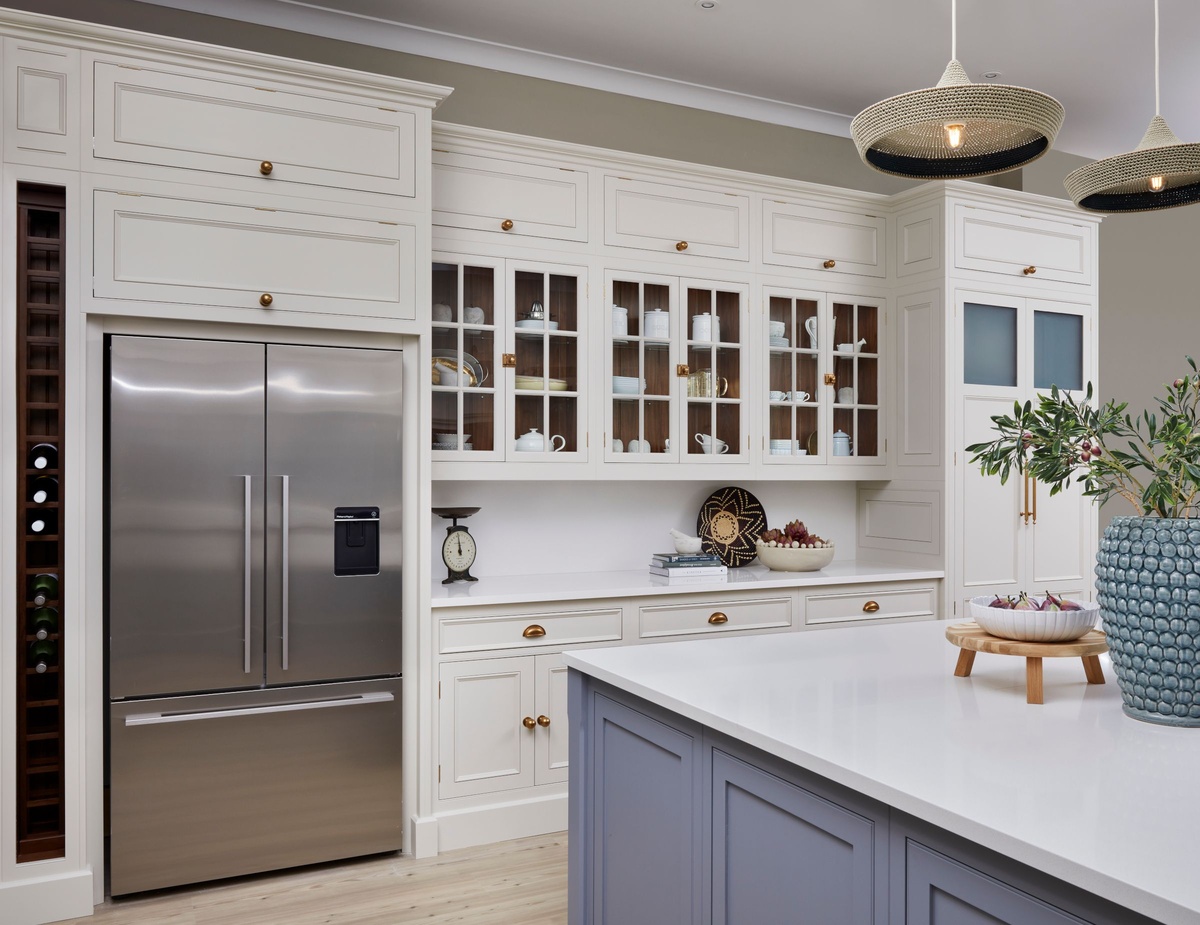
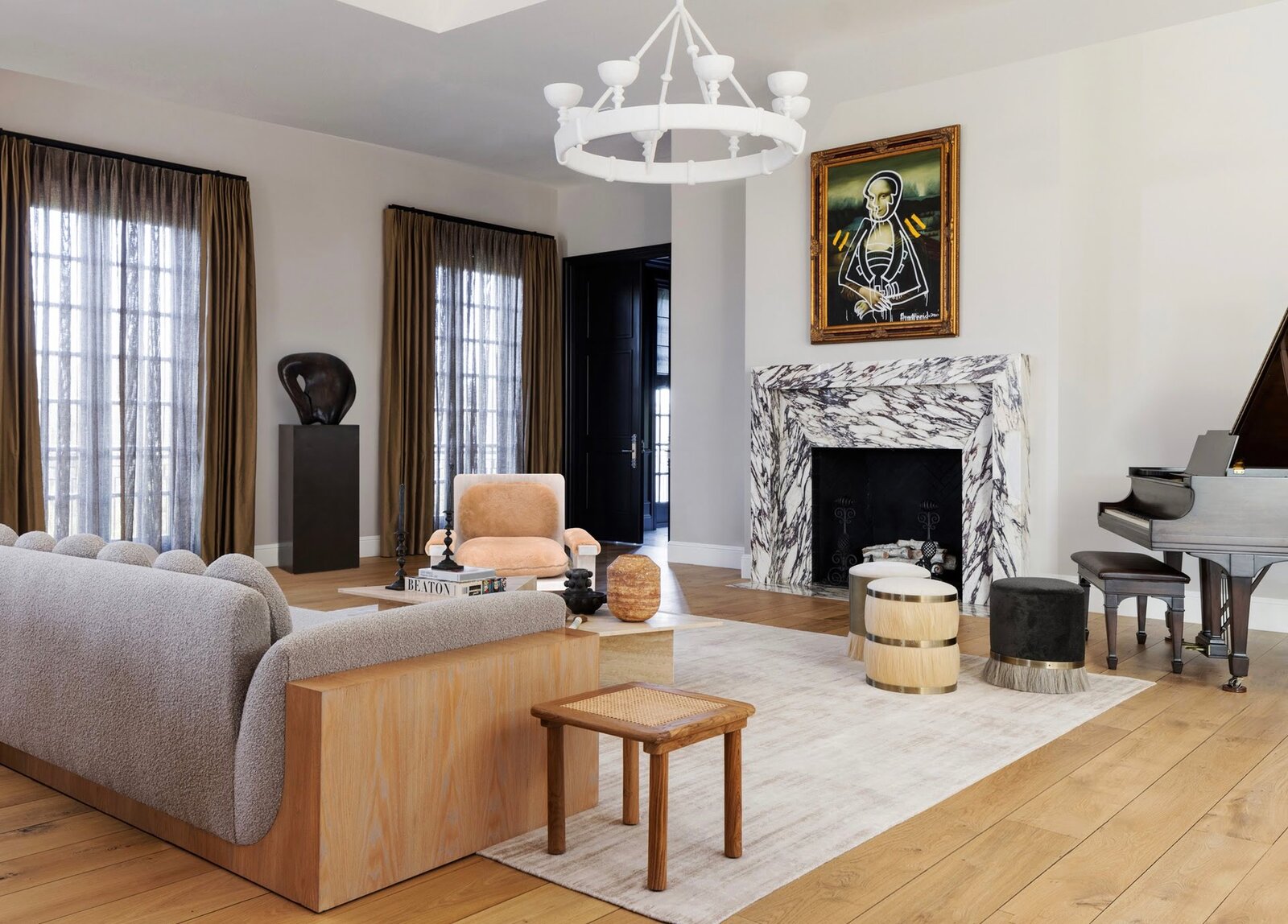
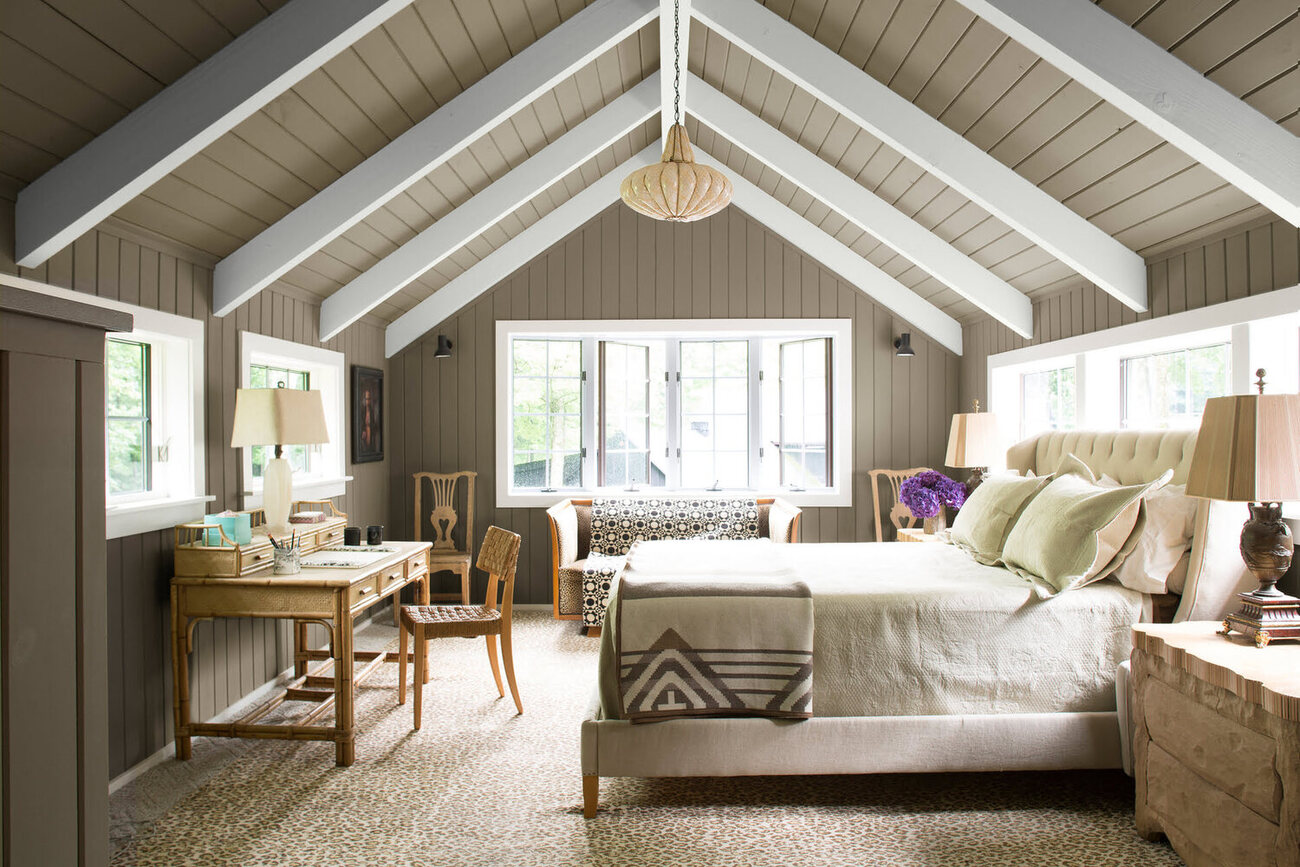
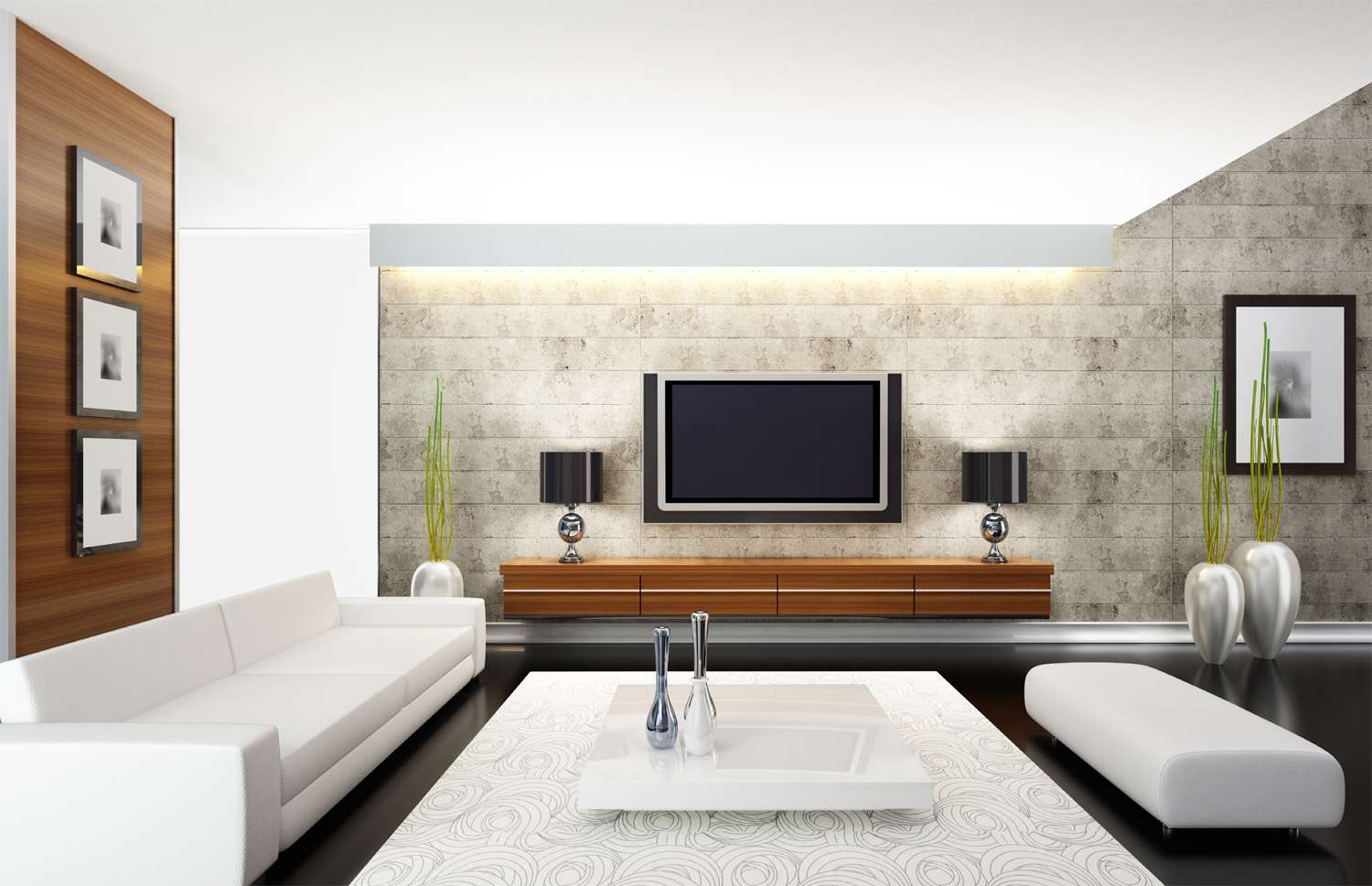
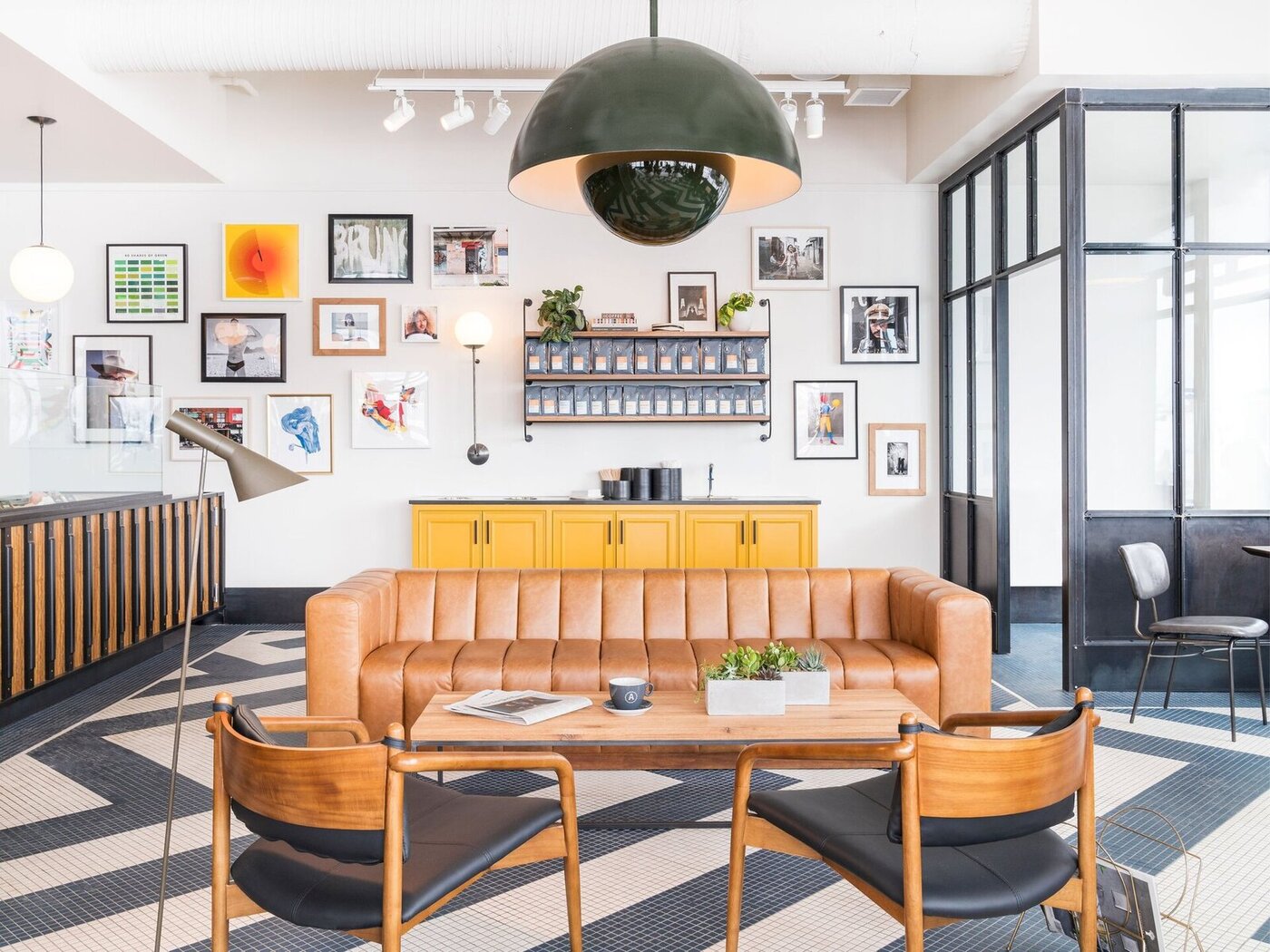

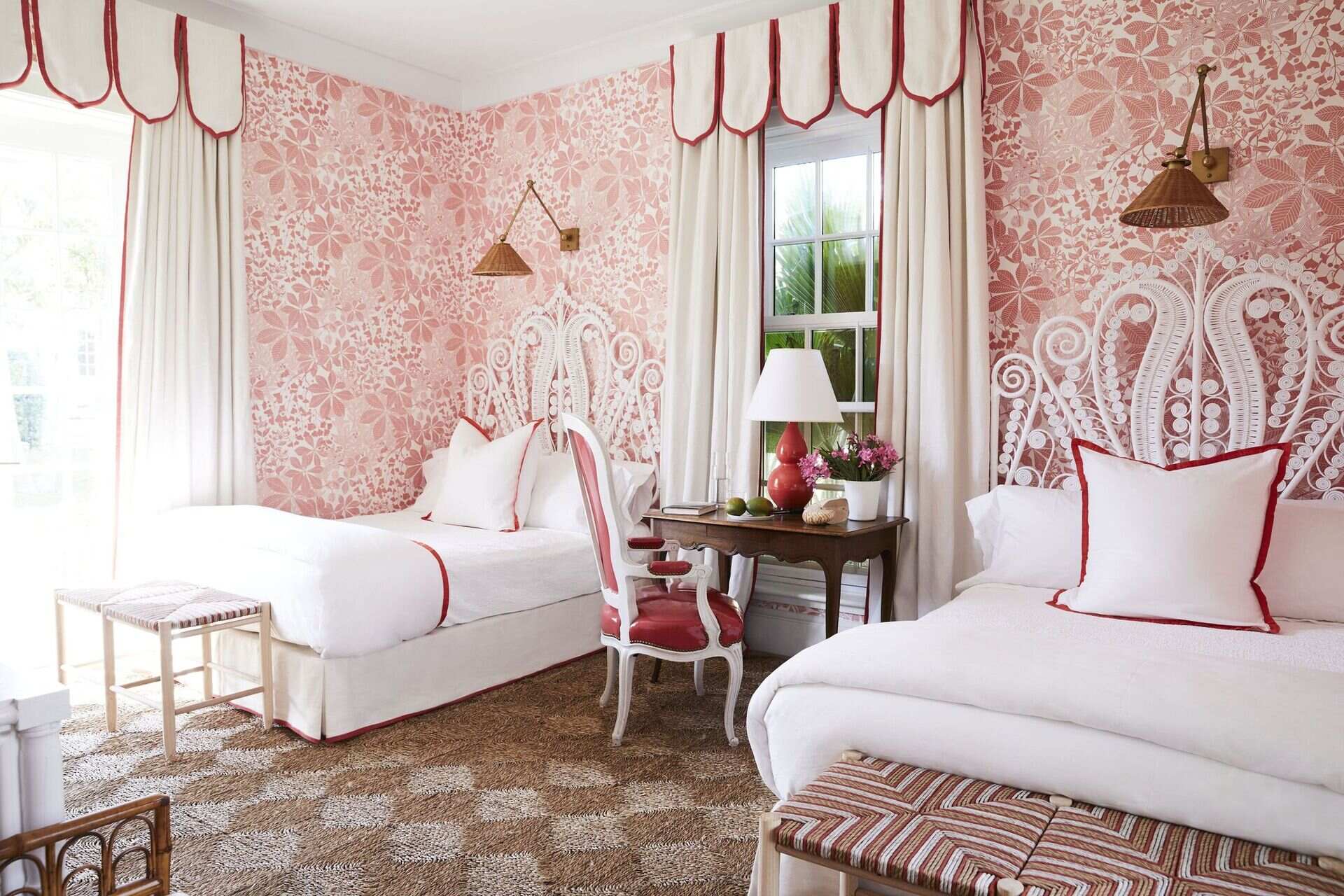
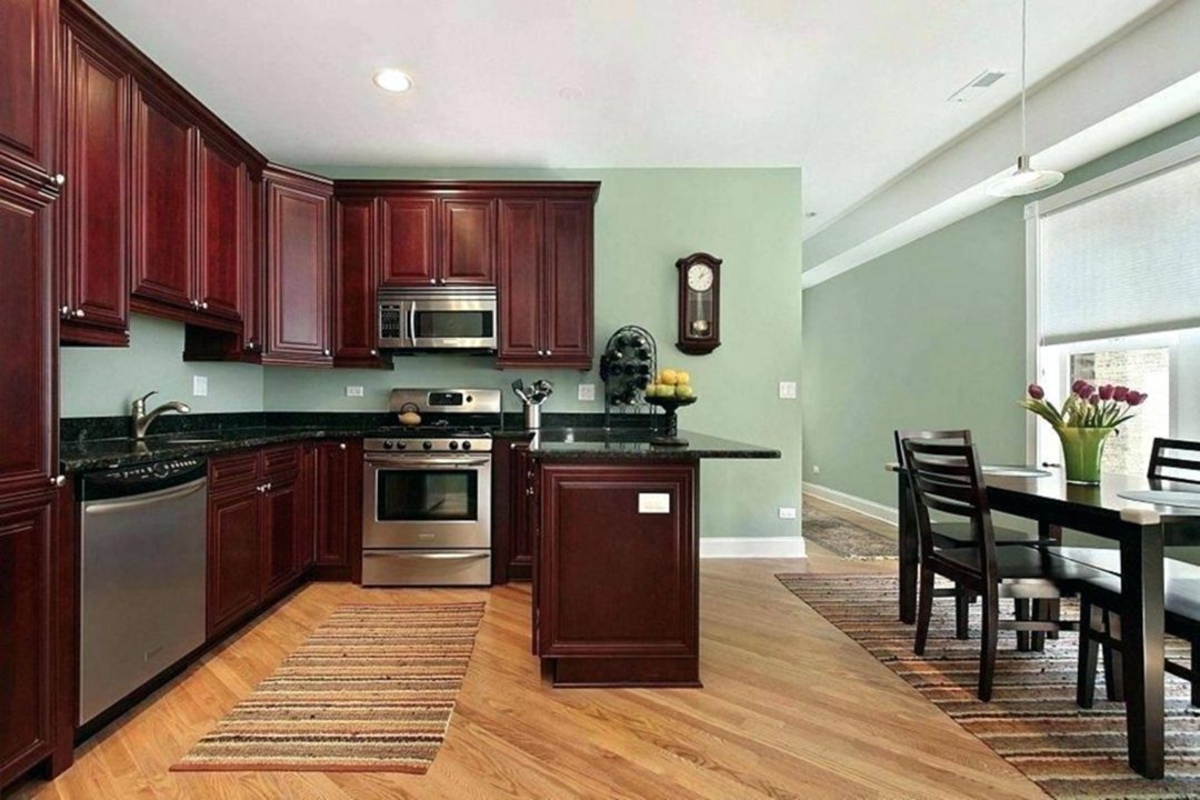

0 thoughts on “Should Curtains Match Your Wall Color: See Our Expert Advice”